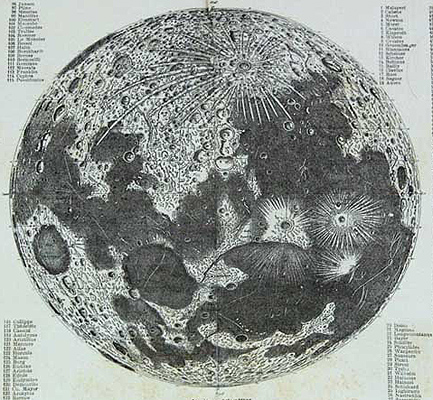Difference between revisions of "January 20, 2004"
| Line 1: | Line 1: | ||
__NOTOC__ | __NOTOC__ | ||
=French Moon= | =French Moon= | ||
| + | <!-- Start of content --> | ||
<table width="85%" border="0" align="center" cellpadding="6" cellspacing="2"> | <table width="85%" border="0" align="center" cellpadding="6" cellspacing="2"> | ||
<tr> | <tr> | ||
| Line 53: | Line 54: | ||
<div align="center"></div> | <div align="center"></div> | ||
<p> </p> | <p> </p> | ||
| + | <!-- End of content --> | ||
{{wiki/ArticleFooter}} | {{wiki/ArticleFooter}} | ||
Latest revision as of 18:10, 7 February 2015
French Moon
Image Credit: Chuck Wood |
|
French Moon Classical studies of the Moon from the late 1700s and 1800s were most famously done in Germany (Schroter, Lohrmann, Beer and Madler and Schmidt (who did much work in Athens). From 1876 (Neison and then Elger and Goodacre) to 1955 (Wilkins and Moore), England was the center of lunar mapping. What about other nations? Through the inspiration of famed astronomy popularizer Camille Flammarion (1842-1925), French lunar studies spread to Delmotte, Lamech and culminated in Liscardy's massive Atlas-Guide de la Lune. Flammarion was the David Levy of his day - a tireless observer and passionate advocate for astronomy. This chart of the Moon (drawn by Lecouturier and Chapuis) appeared in the 1881 edition of Flammarion's book Astronomie Populaire. The map shows a certain flamboyant simplicity and Italian influence (spaghetti-like rays from Tycho)! Related Links: Yesterday's LPOD: King of the Craters Tomorrow's LPOD: Sci-Fi Moon |
Author & Editor: |
COMMENTS?
Register, Log in, and join in the comments.




